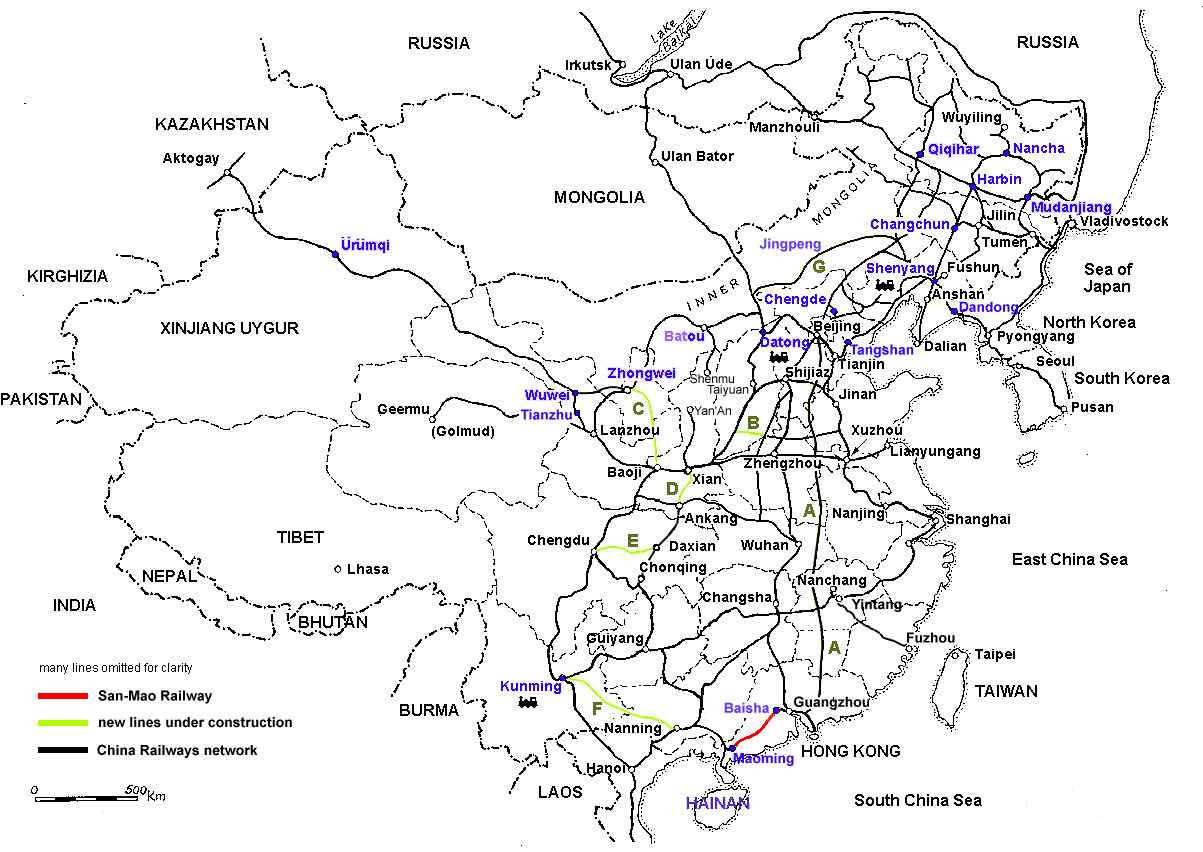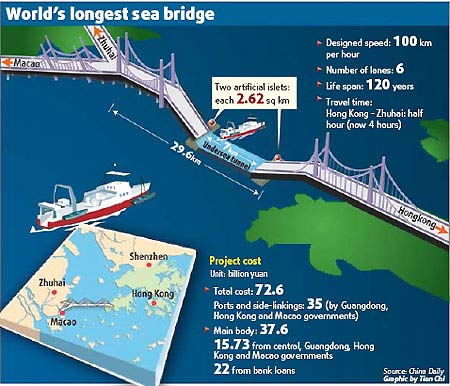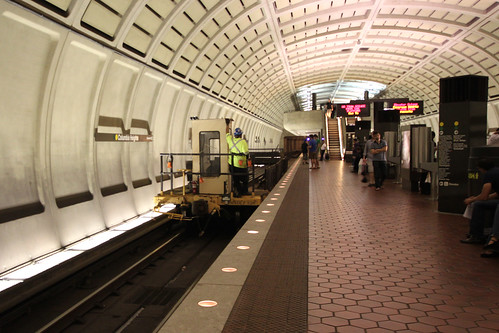Publication Alert: Aviation and Marine Transportation: GHG Mitigation Potential and Challenges
(Source: The Pew Center on Global Climate Change)
I came across this excellent report, Aviation and Marine Transportation: GHG Mitigation Potential and Challenges, via an article on Washington Post and felt compelled to share with you all. This report published by The Pew Center on Global Climate Change examines growth projections for emissions from both aviation and marine transportation and options to reduce those emissions. Aviation and marine transportation combined are responsible for approximately 5 percent of total GHG emissions in the United States and 3 percent globally and are among the fastest growing modes in the transportation sector. Under business-as-usual forecasts, CO2 emissions from global aviation are estimated to grow 3.1 percent per year over the next 40 years, resulting in a 300 percent increase in emissions by 2050.International marine transportation emissions are estimated to grow by 1 to 2 percent per year, increasing by at least 50 percent over 2007 levels by 2050. Controlling the growth in aviation and marine transportation GHG emissions will be an important part of reducing emissions from the transportation sector.
According to the press release, the report explores a range of near-, medium- and long-term mitigation options that are available to slow the growth of energy consumption and GHG emissions from aviation and marine shipping. These options include improvements in operational efficiency, improvements in the energy efficiency of engines and the design of air and marine vessels, and transitioning to less carbon-intensive fuels and transportation modes. Implementation of these options could result in reductions of more than 50 percent below BAU levels by 2050 from global aviation and more than 60 percent for global marine shipping. For these reductions to be realized, however, international and domestic policy intervention is required. Developing an effective path forward that facilitates the adoption of meaningful policies remains both a challenge and an opportunity.
“Aviation and marine shipping are two of the fastest growing modes of transportation,” said Eileen Claussen, President of the Pew Center on Global Climate Change. “Their greenhouse gas emissions are growing rapidly as well. To protect the climate, we need to reduce emissions across the entire economy. Aviation and marine shipping are part of the climate problem, and this report shows that they can be part of the solution.”
Aviation and Marine Transportation: GHG Mitigation Potential and Challenges also examines policy options for achieving reductions in GHG emissions from these transportation modes. The paper, authored by David McCollum and Gregory Gould of the University of California at Davis and David Greene from Oak Ridge National Laboratory, explains the challenges, examines policy efforts to date, and explores both domestic and international policy options for addressing emissions from aviation and marine transportation.
Key sections of the paper include:
- An introduction to aviation and marine transportation and a discussion of the determinants of their GHG emissions;
- An overview of current emissions trends and growth projections;
- An explanation of the technological mitigation options and potential GHG emission reductions; and
- Policy options at both the domestic and international level to achieve deep and durable reductions in emissions.
Click here to access the Pew Center’s website or click here to download the entire PDF report.











